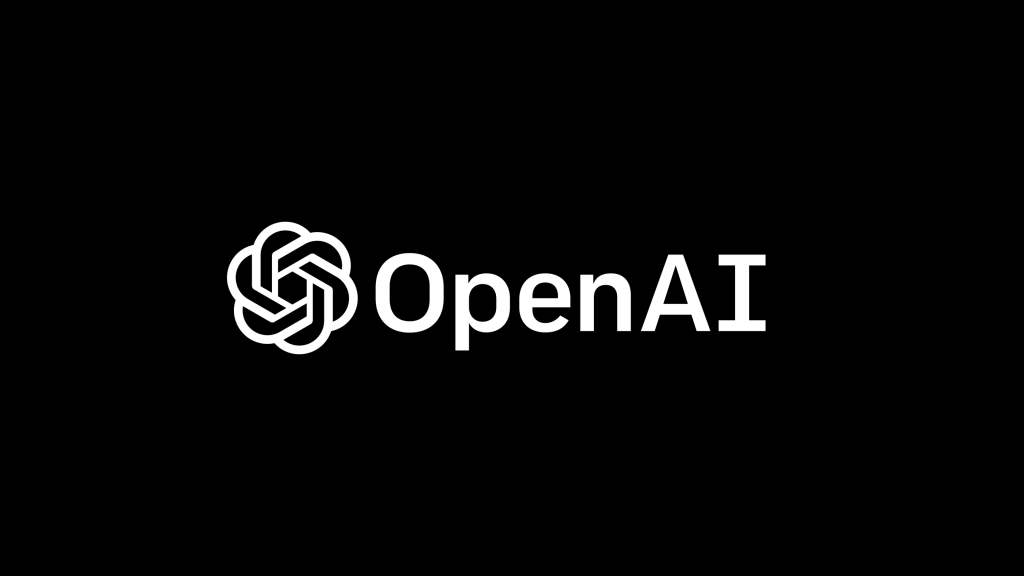
Undoubtedly, we are going through another AI summer where we see a rapid growth in Artificial Intelligence based interventions. Everyone is so keen on using applications like ChatGPT and want to know what’s the next big thing. On my last post, I was discussing the underlying technicalities of large language models (LLMs) which is the baseline of ChatGPT.
Through this post, I’m trying to give my opinion on some of the questions raised by my colleagues and peers recently. These are my own opinions and definitely there can be different interpretations.
What’s happening with AI right now?
Yes. AI is having a good time! 😀 Recently almost all the mainstream media started talking about AI and it’s good and bad. Even people who are not very interested in technology started their research on AI. In my point of view, it all happened since major tech companies and research institutes came out with AI base products that general public can use not only for business operations, but also for entertainment purposes. For example, AI base image generation tools (mostly based on artificial neural models as Dall-E) started getting popular in social media. ANN based image filters and chatting applications conquered all around social media.
All these fun stuffs didn’t come overnight. Those products have been under research and development for years. There have been more interesting stuff happening in research world and the problem was giving an easy accessibility of their abilities for general public.
Right now, we can see a clear motivation from enterprises to make AI more accessible and user-friendly. The barrier of having extensive understanding on mathematics and related theories to use AI and machine learning is getting reduced day by day.
Yes. I see that as a good trend.
ChatGPT is the only big thing happened right?
No, it’s not! ChatGPT is an application build upon the capabilities of GPT-3 which is a LLM. OpenAI has announced they are coming up with GPT-4 soon, which is going to be much more powerful in understanding human language and images.
With the large computation capabilities opening up with technological advancements like cloud, we can observe research is going towards training massive neural networks to understand the non-linear data such as natural language, image and videos. The recent advancements of architectures like Transformers (which was introduced in 2017), has making very big changes in computer vision too.
Applications such as GitHub Copilot, an AI pair programming application gives software developers the ability to code faster and produce more reliable outcome efficiently.
Microsoft announced, Copilot is going to be a part of their office365 suite, which is widely used in many industries. It’s going to be a definite big change for the way that people work with computers today.
I’m a tech folk. How AI is going to affect my career?
I work in the AI domain. The advancement of AI directly affects my career and I always keep myself busy reading and grabbing new trends as much as I could (which is impossible with this rate!)
AI developers or the machine learning engineers are not the only groups getting affected directly with these advancements. Remember how cloud technologies changed the way we operate in enterprises, completely eliminating the excessive usage of cumbersome networking devices and in-house servers. I feel something similar is going to happen with AI too. IT folks may have to adapt for using AI As a Service in application development life cycle. You can be a dinosaur. Let’s get updated!
I’m a non-tech person. How AI is going to affect me?
It’s not only for tech savvy folks. Since, the trend is all about making AI more accessible, the AI based interventions are going to be there in almost all the industries. Starting from retail business, the knowledge focused industries such as legal and education going too going to get affected with the ways of working.
If you are a non-tech person definitely you should research on the ways of using AI and machine learning in your career.
Can AI displace people from job?
Yes and no! According to a McKinsey study, Artificial intelligence could displace roughly 15% of workers, or 400 million people, worldwide between 2016 and 2030! Most the monotonous jobs will get replaced with robots and AI applications. For example, the manual labour needed for heavy lifting in factories will be replaced with computer vision assisted robots. Some monotonous tasks in domains like accounting will be replaced by automated applications powered with AI based applications.
In the meanwhile, new job will be generated to assist AI powered operations. The term data scientist was not widely used even a decade ago. Now it has become one of the most demanding professions. It’s just an example.
Isn’t excessive use of AI is harmful?
Excessive use of anything is harmful! It’s the same with AI too. There are many discussions going on related to regulating human-competitive machine intelligence. Enterprises are working towards concepts such as responsible AI to make sure AI systems are not harmful for the betterment of mankind and the nature.
To be frank, one can argue that AI base systems are reducing the critical thinking ability and the creative power of humans. In a way that can be true in some contexts. We should find ways to keep it as only a tool, but not totally rely on it.
Recently, an open letter titled “Pause Giant AI Experiments” was published enforcing the need of proper rule sets and legislations around AI systems. It was signed by profound scientists including Yoshua Bengio and known tech folks as Elon Musk.
Personally, I strongly believe a framework on regulating the usage of AI interventions should be there and the knowhow on such applications should be made widely available for general public.
That’s not something can be done overnight. Global organisations and governments should start working together soon as possible to make it happen.
What’s the future would look like with AI?
It’s something we actually can’t predict. There will be more AI applications which may have human-like abilities and even more than that in some domains. The way people work will change drastically with the wide accessibility of AI. As we use electricity today to make our lives easy, the well-managed AI systems will be assisting us with our daily chaos. Definitely we may have to keep our eyes open!


